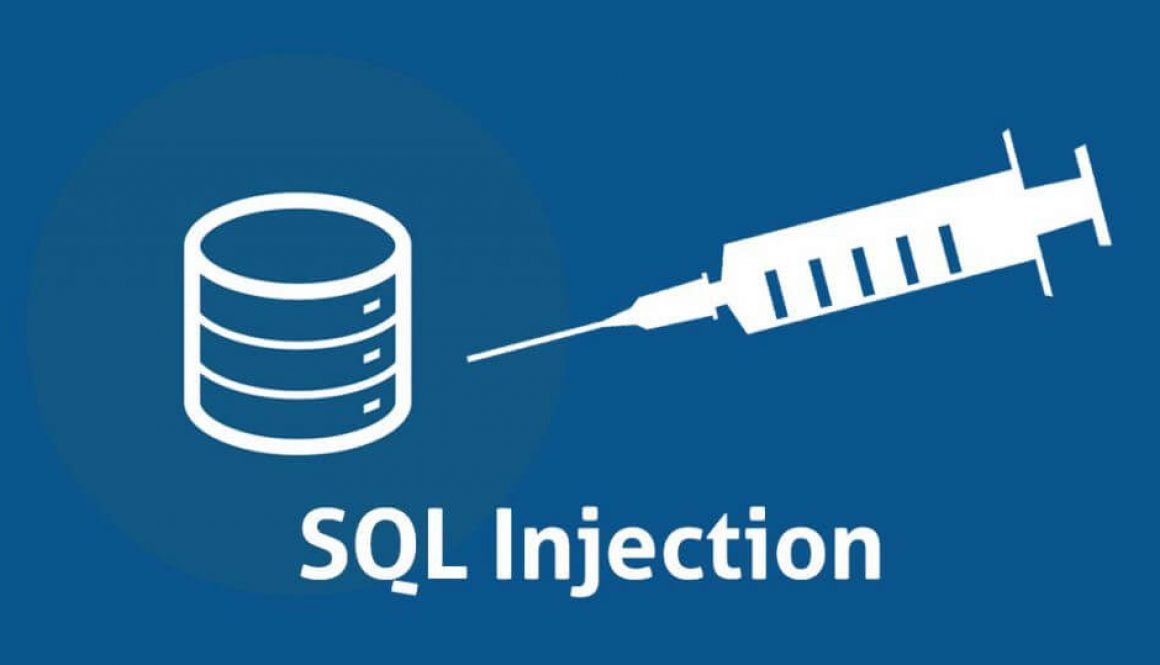SQL Injection
In the realm of cybersecurity, SQL Injection (SQLi) stands out as one of the most prevalent and dangerous vulnerabilities, and will, therefore, be the subject of today’s blog. As defenders become savvier, attackers evolve their techniques, diving deeper into intricate SQLi strategies. Two such methods are Blind SQL Injection and Error-Based SQL Injection. Let’s dive into their mechanics, differences, and the specific circumstances under which an attacker might deploy each.
Understanding SQL Injection (SQLi)
At its core, SQLi is an attack methodology that targets the data-driven applications wherein malicious SQL statements are inserted into an entry field for execution. This allows attackers to interact directly with a website’s database, often leading to unauthorized data access, data manipulation, or, in severe cases, complete system compromise.
Blind SQL Injection vs. Error-Based SQL Injection
While traditional SQLi methods often rely on visible feedback from the database, techniques like Blind SQLi can exploit vulnerabilities even when such feedback is limited or non-existent. On the other hand, Error-Based SQLi specifically leverages the visible errors returned by the database to extract valuable information.
1. Blind SQL Injection:
- Mechanics: Blind SQLi is like “attacking in the dark.” Attackers ask the database a true-or-false question and observe how it responds. Based on these binary outcomes, the attacker discerns information piece by piece.
- Usage: Blind SQLi is used when a web application is vulnerable but doesn’t display errors. The attacker gauges the truthiness of their hypothesis by observing changes in the application’s behavior (e.g., delays in response for TRUE conditions using techniques like time-based blind SQLi).
- Challenges: This method can be time-consuming due to its piecemeal nature. Sophisticated tools and scripts are often used by attackers to expedite the process.
2. Error-Based SQL Injection:
- Mechanics: This method is rooted in deliberately triggering database errors. By doing so, attackers extract valuable information, which the database spills during error scenarios.
- Usage: When applications reveal error details, attackers pounce on these insights, which may contain sensitive data or clues about the database’s structure.
- Challenges: Modern applications, aware of this vulnerability, tend to suppress detailed error messages. Thus, error-based SQLi might be less effective against well-hardened applications.
Choosing the Right Attack
The choice between Blind and Error-Based SQLi largely depends on the target application’s behavior:
- If the application showcases database errors, an attacker would likely prioritize Error-Based SQLi to harness the rich information these errors might divulge.
- On the other hand, if the application remains silent about its internal operations, an attacker might opt for the subtler Blind SQLi, even if it demands more patience and resources.
SQLi in the OWASP Top 10
The Open Web Application Security Project (OWASP) is an esteemed entity in cybersecurity, renowned for its Top 10 list — a compilation of the most critical web application security risks. As a testament to its significance, SQL Injection has consistently found a spot in this list. In the recent iterations, SQLi has been highlighted under the “Injection” category, showcasing that despite evolving web technologies, SQLi remains a formidable concern.
Closing Thoughts
SQL Injection is not a relic of the past; it’s an ever-evolving threat adapting to the modern web’s nuances. As cybersecurity professionals, staying informed about these advanced techniques, like Blind and Error-Based SQLi, is not just beneficial—it’s imperative. Regular penetration testing, especially focused on database security, can go a long way in safeguarding applications from such vulnerabilities. If you’re concerned about becoming a victim of an SQLi attack, consider a web application penetration test.
Stay vigilant, stay safe.








